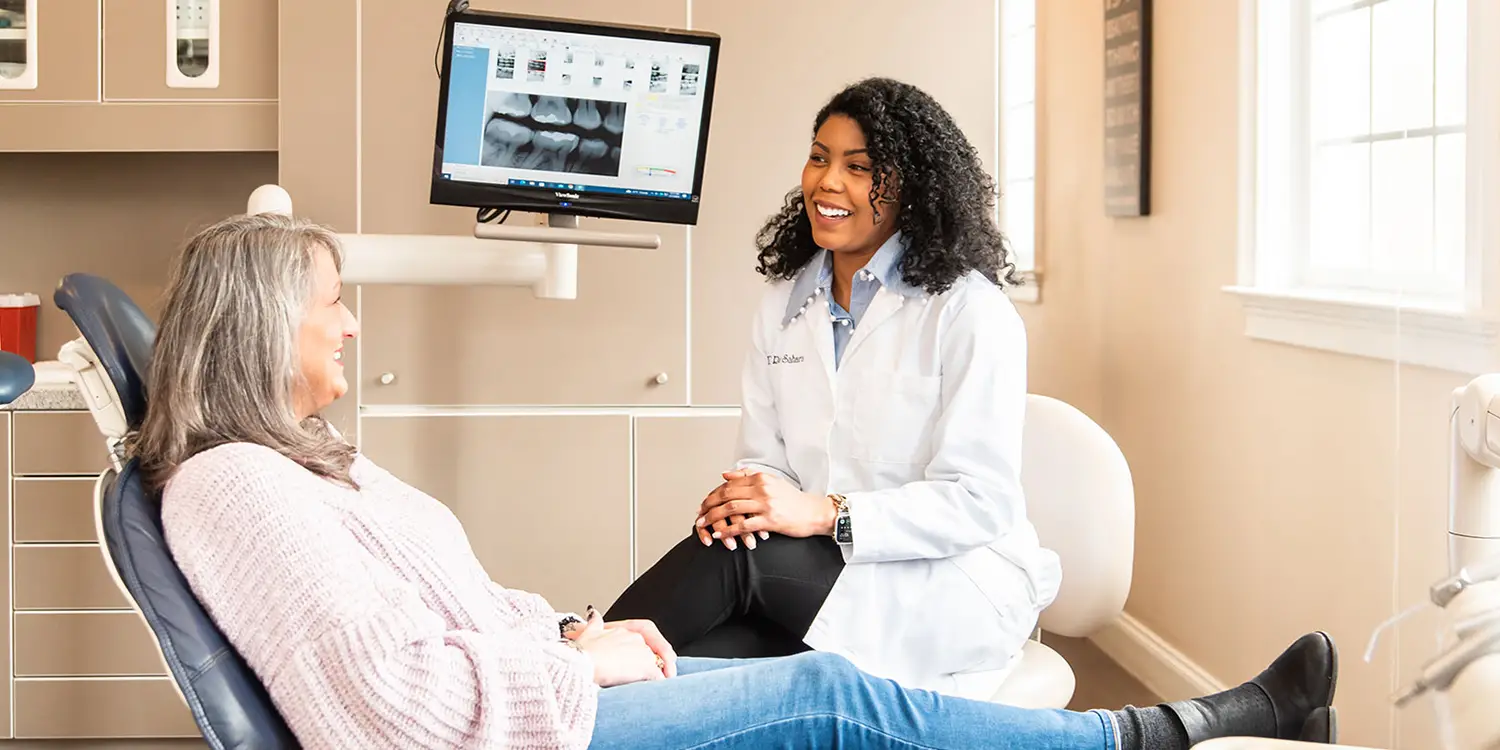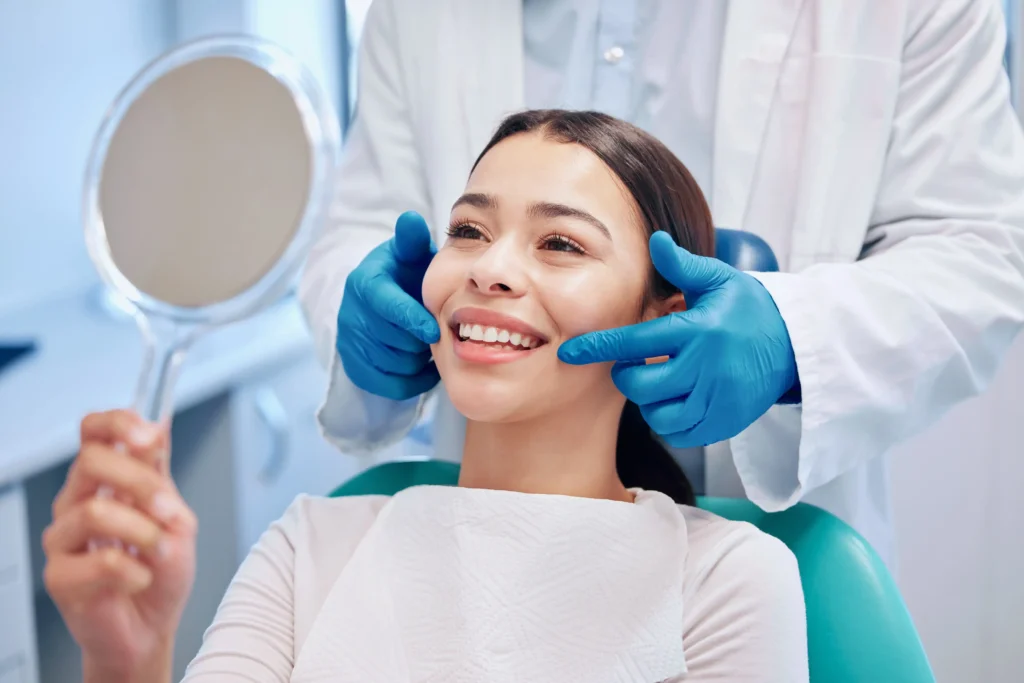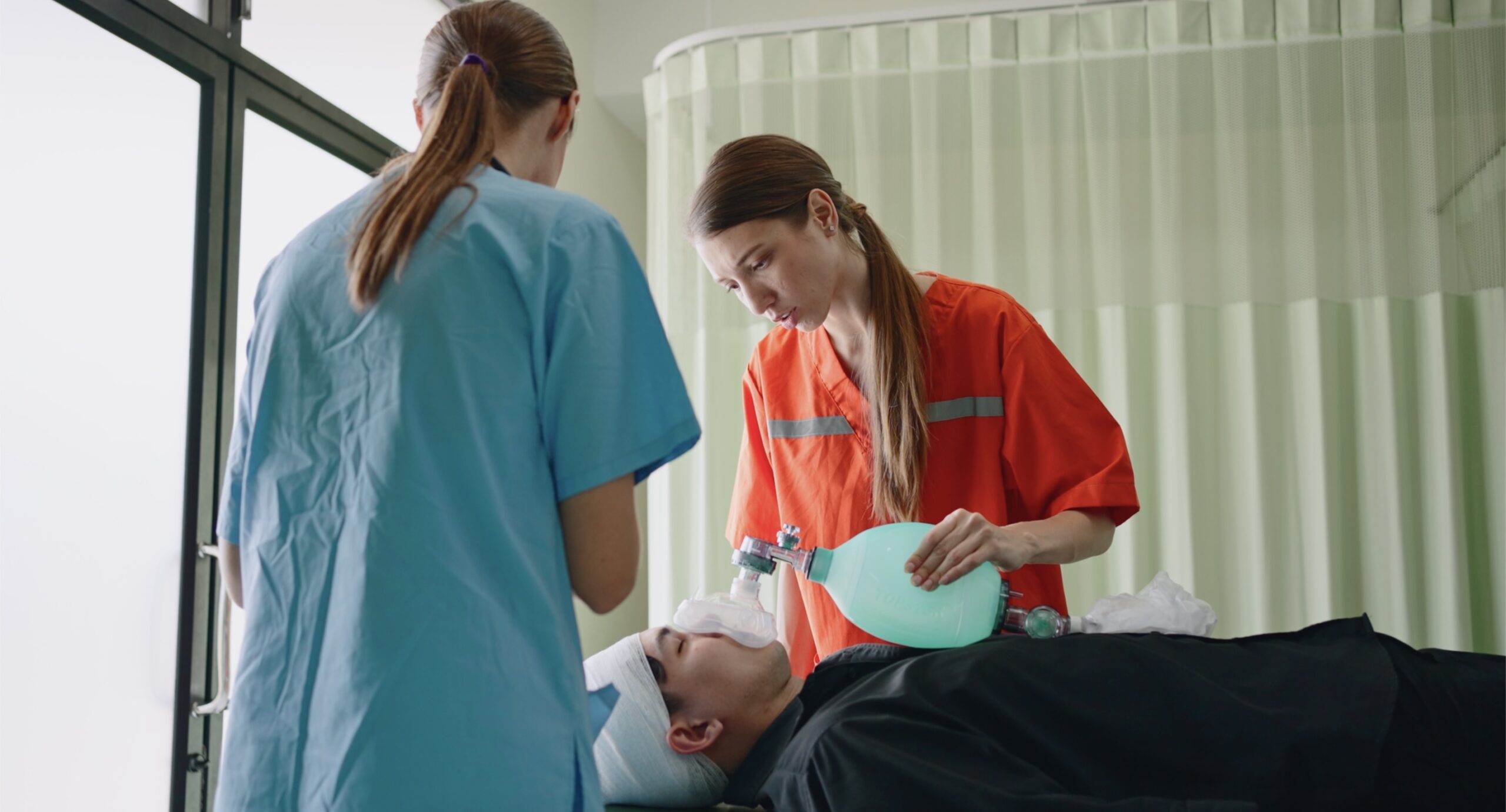
To have a confident smile, you need to have good oral health and perfect alignment. Before making a choice, a lot of folks look at both braces and Invisalign. Each choice has its own set of pros and cons that rely on what you need and want. A skilled dds can assist you choose the best option.
Appearance differences
- Braces use metal brackets for visible teeth correction work.
- Invisalign uses clear trays for subtle appearance improvement.
- Braces can be customized with different elastic band colors.
- Invisalign aligners fit closely without noticeable external parts.
- Braces remain on teeth at all times during treatment.
- Invisalign aligners can be removed during eating or brushing.
Comfort and feel
- Braces may cause mild gum irritation in the beginning.
- Invisalign trays are smooth and reduce gum discomfort risk.
- Braces require adjustment visits for wire and bracket tightening.
- Invisalign may need tray replacements every few weeks period.
- Braces can make flossing and brushing slightly more challenging.
- Invisalign allows easier oral hygiene during alignment process.
Treatment process

- Braces work continuously without removal by the patient.
- Invisalign requires patient discipline to wear trays daily.
- Braces are suitable for complex or significant alignment cases.
- Invisalign suits mild to moderate alignment adjustments effectively.
- Braces progress is monitored by scheduled dental clinic visits.
- Invisalign progress reviewed with periodic dental check appointments.
Cost and time
- Braces may be more affordable depending on case type.
- Invisalign costs vary based on treatment duration and complexity.
- Braces usually require longer treatment than simpler Invisalign cases.
- Invisalign may involve replacement costs for lost or damaged trays.
Care and maintenance
- Braces need evading hard or sticky foods during usage.
- Invisalign desires daily cleaning to avoid staining or odor.
- Invisalign can be cleaned with soft brush and minor soap.
- Braces need extra care to stop damage during eating.
- Invisalign should be stored securely when not in use.
Suitability for patients
- Braces work well for young patients with major alignment.
- Invisalign appeals to adults seeking discreet smile correction option.
- Braces can handle rotated teeth and severe bite problems.
- Invisalign suits patients wanting flexible wear time daily.
- Braces may be better for patients needing constant alignment.
- Invisalign benefits those who can follow strict usage schedules.
Picking the correct arrangement choice depends on your wants, comfort, and discipline. Braces bid dependable results for complex problems, while Invisalign offers a discreet and flexible method. A reliable dds expert can guide you to the finest path for a strong and self-assured smile.





